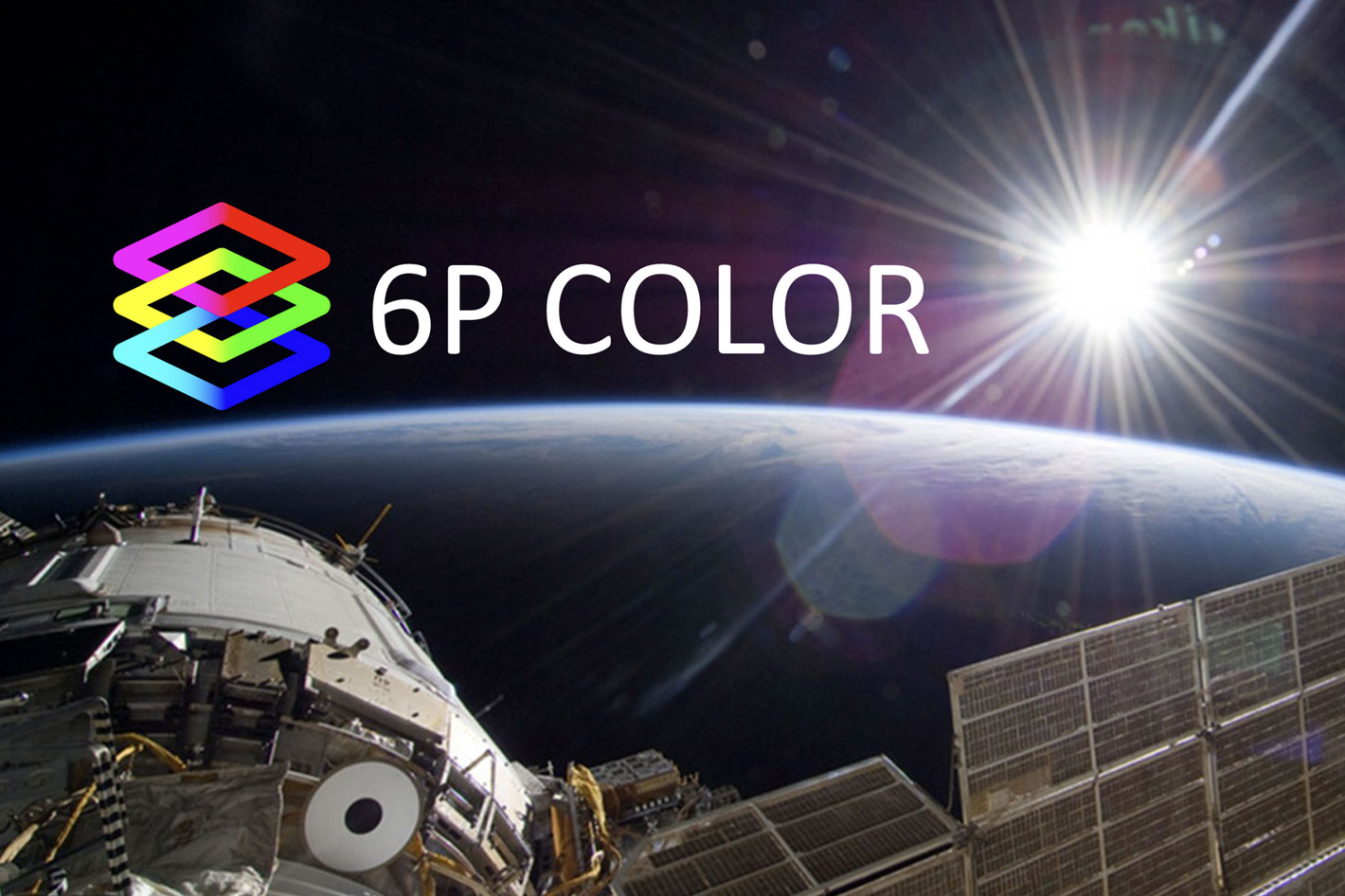
When away from Earth, either on the Moon surface or orbiting around the planet, astronauts have experienced what is commonly called the Overview Effect, a cognitive shift in awareness that changes their perception about the place they call home. Michael Collins, Apollo 11 astronaut, wrote “The thing that really surprised me was that it [Earth] projected an air of fragility. And why, I don’t know. I don’t know to this day. I had a feeling it’s tiny, it’s shiny, it’s beautiful, it’s home, and it’s fragile.”
Michael Collins is not alone. Edgar Mitchell experienced the feeling while on the Moon. He wrote: “You develop an instant global consciousness, a people orientation, an intense dissatisfaction with the state of the world, and a compulsion to do something about it. From out there on the moon, international politics look so petty. You want to grab a politician by the scruff of the neck and drag him a quarter of a million miles out and say, “Look at that, you son of a bitch.”
ProVideo Coalition has mentioned the Overview Effect a few times, when covering software that is related to space exploration. The Virtual Reality title we suggested readers recently, The Edgar Mitchell Overview Effect VR Experience, is one example, but the term has been used by astronauts in other missions and we also mentioned it in SpaceBuzz: using Virtual Reality to create ambassadors of planet Earth.
Besides the cognitive shift in awareness astronauts also experience a change in the way they perceive colors. Dylan Mathis, communication manager for NASA’s International Space Station program, says that “Astronauts often say after returning from a six-month mission to the International Space Station that traditional imagery doesn’t do justice to what they see when they look out the window at our magnificent planet. The Earth is alive with vibrant, robust colors.”
Are we missing something when we look at imagery that represents the blue marble we live in? We apparently are, and only those who have been up in space share that secret. That’s what the Society of Motion Pictures and Television Engineers wants to change with its new SMPTE + series, which will launch with “Expanding the Color Universe: The Next Frontier in Imaging,” a hybrid of interactive events and on-demand content exploring expansion of color systems beyond RGB toward the outer limit of what the eye can see and the “colors in-between the colors.”
This first of four SMPTE + events slated for 2021 will feature a half-day of live presentations, chats, demos, and panel discussions featuring technologists, creatives, and NASA experts, plus a complementary content library that allows SMPTE + subscribers to delve more deeply into the topic. The live programming will begin at 10 a.m. EDT on June 3.
“Expanding the Color Universe” is inspired by the experience of astronauts who returned from missions to realize that images captured of Earth fail to show the dramatic beauty and grandeur of what they actually could see from space. Unfortunately, there has not been a way to display those views—until now. Baylor University and 6P Color, Inc. are collaborating to capture, process and display better color images, including those from space, using novel multi-primary technologies. In conjunction with NASA and SMPTE, the event will explore the next frontier in imaging.
Historically, motion imagery has improved over time—from analog TV transmission to digital transmission and from standard definition to Hi-Definition to Ultra Hi Definition (4k and 8k). Color representation has expanded from Rec 709 to P3 to ITU Rec 2020. However, state of the art display technologies are still bounded by a triangular region defined by red, green and blue primaries (RGB systems). While three colors are the minimum to define a color gamut, the shape of these color gamuts limit the possible colors that can be seen, reproduced, and displayed. Baylor University and 6P Color Inc. will explain the novel multi-primary technologies available during this SMPTE + event.
“During ‘Expanding the Color Universe,’ we will push forward the discussion of how multi-primaries can be influential in expanding the role of color in research, image capture, processing, and displays,” said Carbonara, who collaborated with colleagues at NASA and SMPTE to orchestrate the SMPTE + event. “Would you rather have a box of crayons with eight, 256, 512, or 1,024 crayons in it? Multi-primaries give creatives a larger box and more crayons with which to tell stories.”
Prior to the event, SMPTE + subscribers gain access to a curated content library designed to provide foundational knowledge and food for thought. Subscribers then meet for the SMPTE + live event to discuss the content, hear live presentations, engage in Q&A with speakers and panelists, and socialize with people who share their interests.
“SMPTE + showcases the hottest media technology and the technologists who make it happen,” said Joel Welch, director of education at SMPTE. “The abundance of focused educational and informational resources, the depth of expertise represented, and the unique opportunities for interactivity make SMPTE + unique. With extraordinary subject matter too, ‘Expanding the Color Universe: The Next Frontier in Imaging’ promises to get this new event series off to an amazing start.”
SMPTE + is free to SMPTE members, who will have access not just to the June 3 event, but also to three other events later this year. Registration and further information about the full SMPTE + series is online at plus.smpte.org/2021plus.
